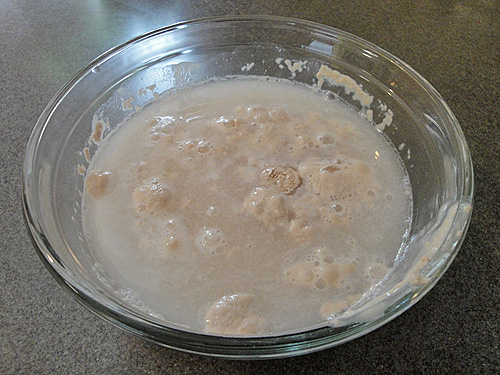I LOVE to bake. I bake bread a couple times a week and often give it away. So far my most successful bread was White Artisan bread. I am trying to make rolls for Thanksgiving dinner tomorrow and I'm not sure I'm doing my yeast correctly. I didn't need to let the dough rise before I rolled the dough into balls, they've been rising for over an hour and have not doubled in size. I'm afraid if I bake them now they will be round hockey pucks.
Any suggestions? I had to mix my yeast with sugar and oil, first time doing that, it did bubble up a little. I often have problems with getting my yeast mixture correct, I believe that's why I'm having issues with my bread not rising and baking up big and tall. Am I doing something else wrong??
Any suggestions? I had to mix my yeast with sugar and oil, first time doing that, it did bubble up a little. I often have problems with getting my yeast mixture correct, I believe that's why I'm having issues with my bread not rising and baking up big and tall. Am I doing something else wrong??

